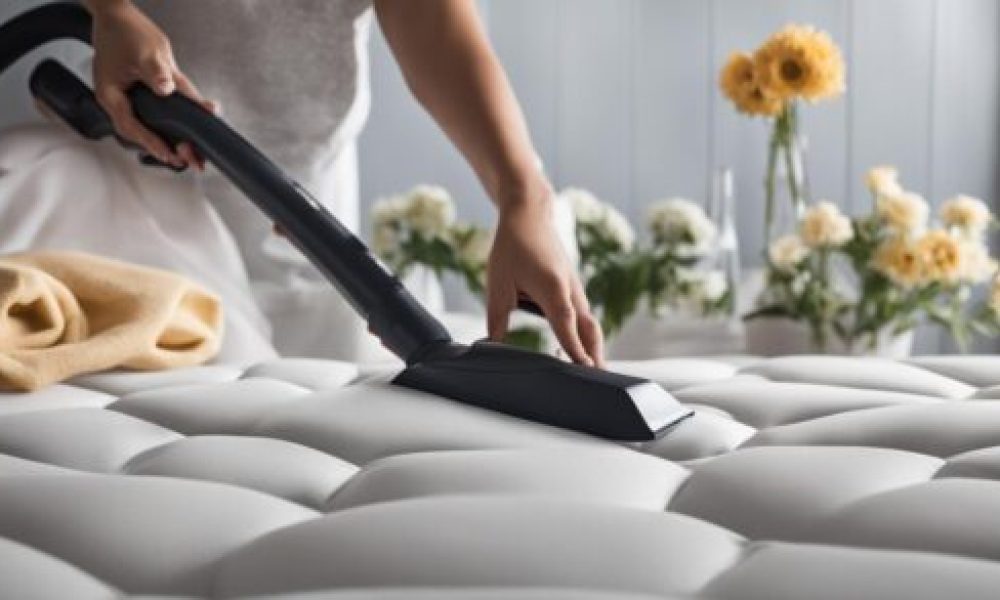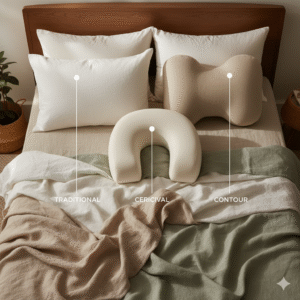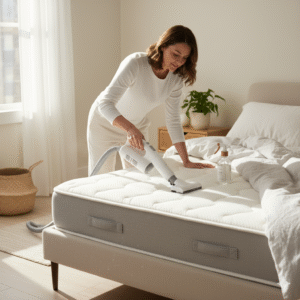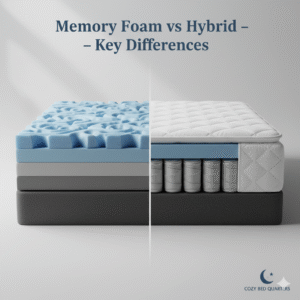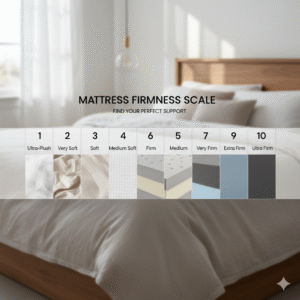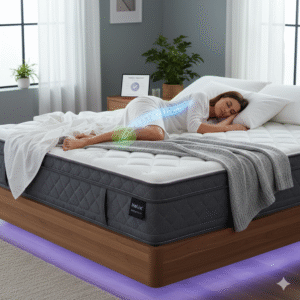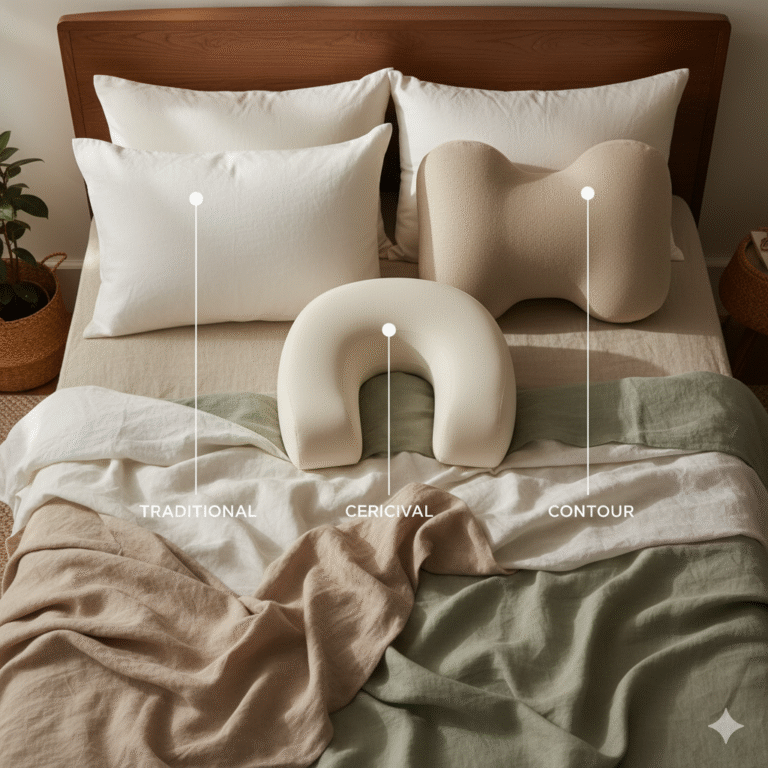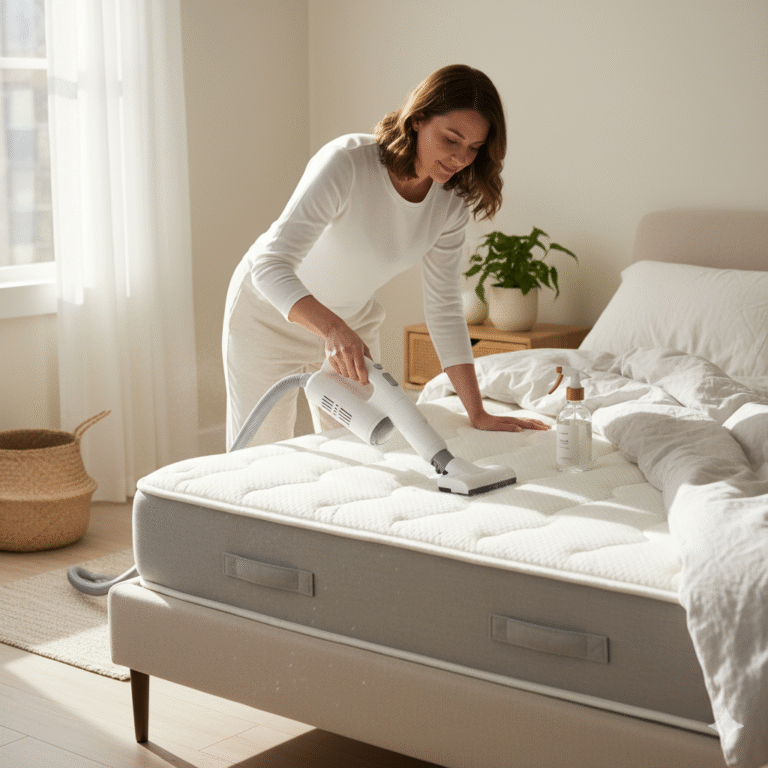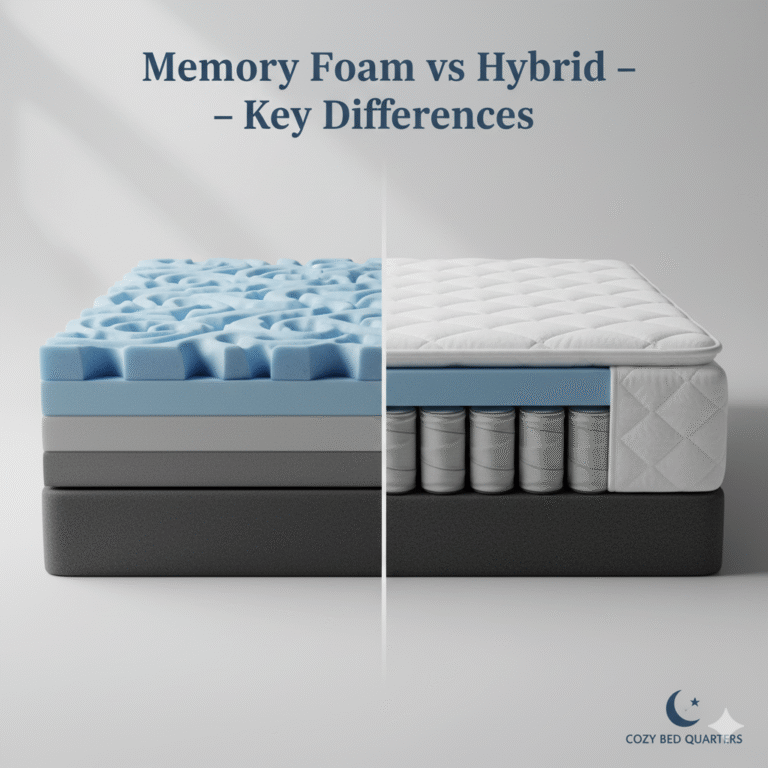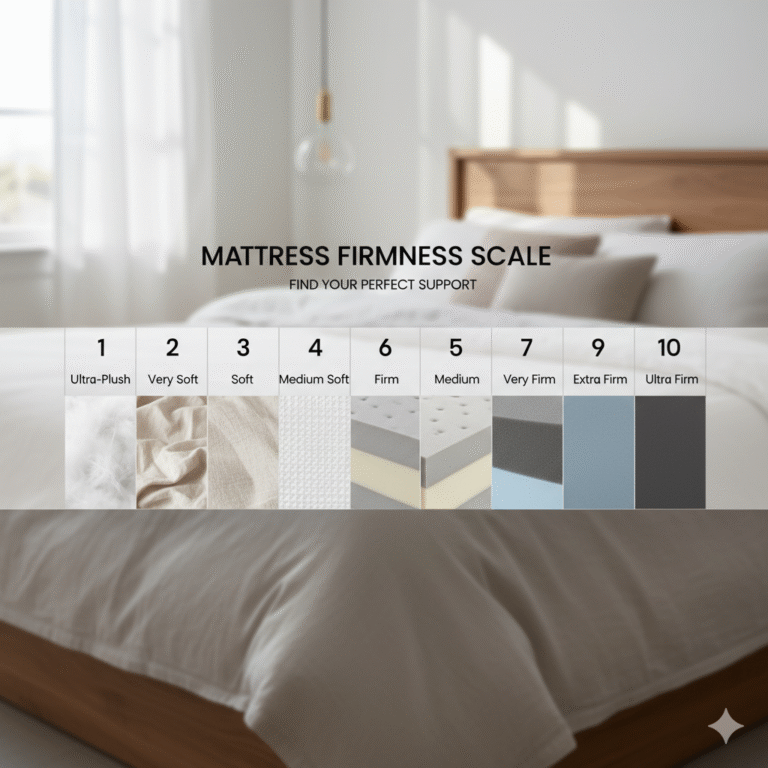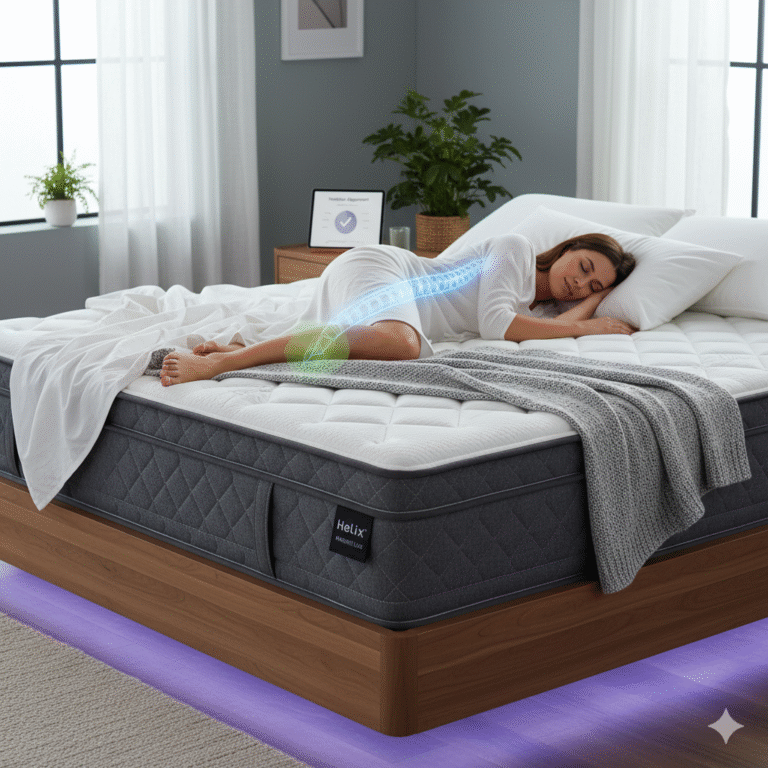Clean Mattress Baking Soda: Step-by-Step Guide
To clean a mattress with baking soda, start by vacuuming, then sprinkle baking soda evenly, let it sit for 24 hours, and vacuum again. This clean mattress baking soda routine neutralizes odors, absorbs moisture, reduces allergens, and helps your bed feel fresher for longer.
Key Takeaways: clean mattress baking soda
- Vacuum first, then apply baking soda; wait at least 24 hours and vacuum again for the best clean mattress baking soda results.
- Spot-treat stains gently with enzyme or mild detergent before deodorizing.
- Sunlight helps dry moisture and reduces musty odors and microbes.
- Rotate or flip (if flippable) every 3–6 months to prevent uneven wear.
- Use a waterproof protector to maintain a cleaner sleeping surface.
Why the clean mattress baking soda method works
Baking soda absorbs moisture and neutralizes odors without leaving harsh residues. It’s a gentle, budget-friendly way to refresh fabric and foam.
Compared with heavy chemical cleaners, the clean mattress baking soda approach is safer for daily life and pairs well with routine vacuuming and a mattress protector. If you prefer external references, see practical cleaning frameworks from the Sleep Foundation and step-by-step care tips from Parachute Home.
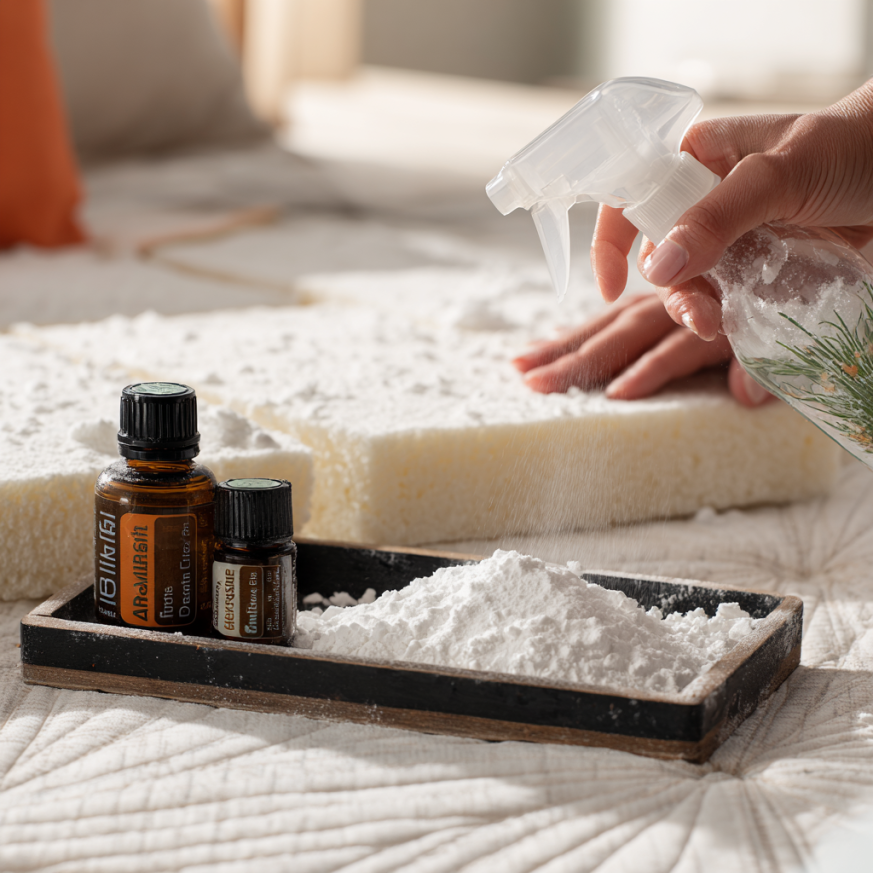
Step 1: Strip the bed and wash bedding
Start with a blank slate so odors aren’t trapped in sheets and covers. Wash bedding on the warmest safe setting per care labels.
Weekly sheet washing helps keep the sleep environment cleaner and supports your clean mattress baking soda routine over time. If you’re picking fabrics for easier care, explore bedding materials and benefits from Cozy Bed Quarters.
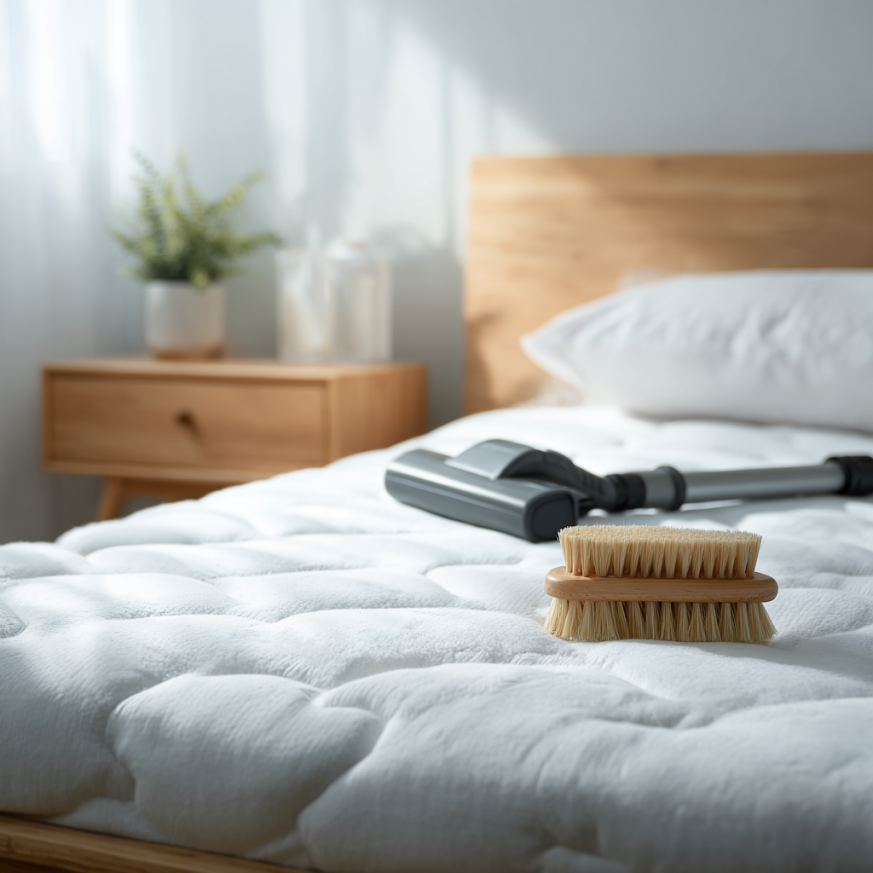
Step 2: Vacuum away dust and debris
Vacuuming removes dust, dander, and crumbs so baking soda can contact the fabric evenly. Use an upholstery tool and focus on seams and edges.
Slow, overlapping passes are more effective than quick sweeps. For more sleep-surface hygiene ideas, see Cozy’s guide to bedding and allergies. You can also reference maintenance tips in Better Homes & Gardens’ mattress cleaning guide.

Step 3: Spot clean stains before deodorizing
Treat stains first to prevent setting and to avoid locking in odors. Use a small amount of enzyme cleaner or mild detergent and blot—don’t scrub.
Avoid oversoaking memory foam and allow ample air-drying. For DIY stain approaches, see the Sleep Foundation’s stain guidance. If you like light fragrances, consider finishing with linens and essential oils for sleep—used sparingly and never applied directly to the mattress foam.
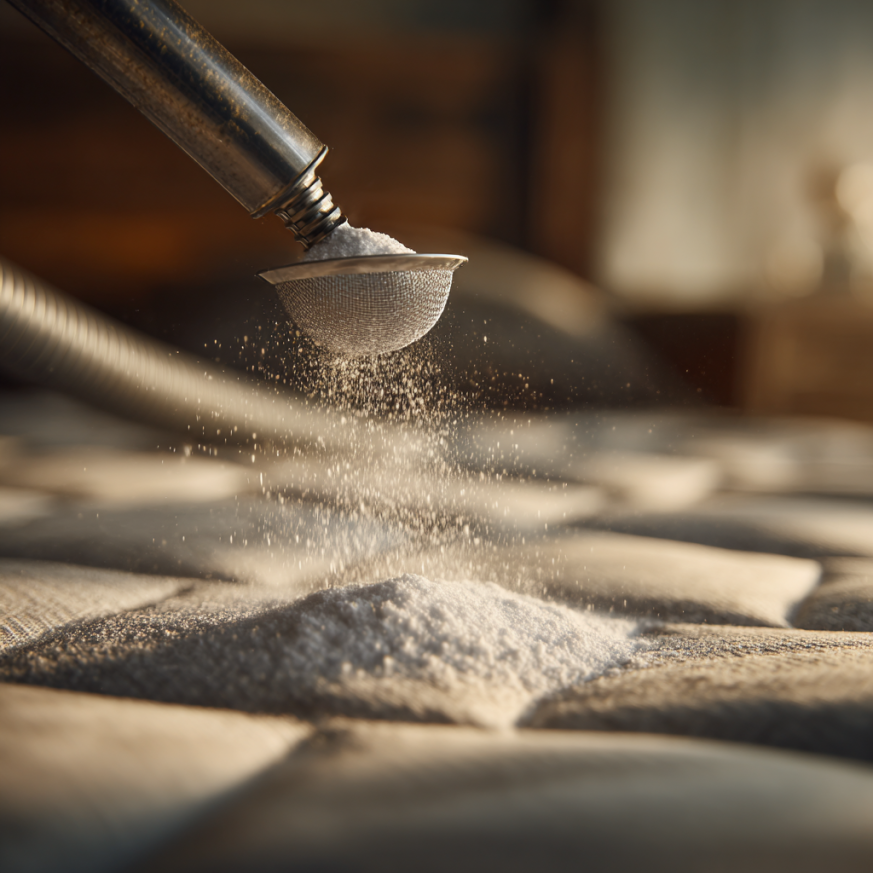
Step 4: Sprinkle baking soda evenly
Distribute baking soda across the surface to absorb excess moisture and neutralize odors. Use more on areas with spills, sweat, or pet spots.
For a subtle scent, mix a few drops of lavender or tea tree oil into the baking soda in a separate bowl first. If you enjoy wellness-forward bedding, you may like our look at organic bedding benefits and eco-conscious sheets that complement a natural routine. Let the clean mattress baking soda layer sit for at least several hours; 24 hours is ideal for heavy odors.

Step 5: Add sunlight and fresh air when possible
Sunlight and airflow help dry lingering moisture and refresh fabric. If feasible, place the mattress near a bright window or outdoors on a dry day.
Always protect the mattress from direct ground contact and unexpected weather. The clean mattress baking soda step pairs well with 2–3 hours of gentle sun to reduce musty smells and help the surface feel crisp.
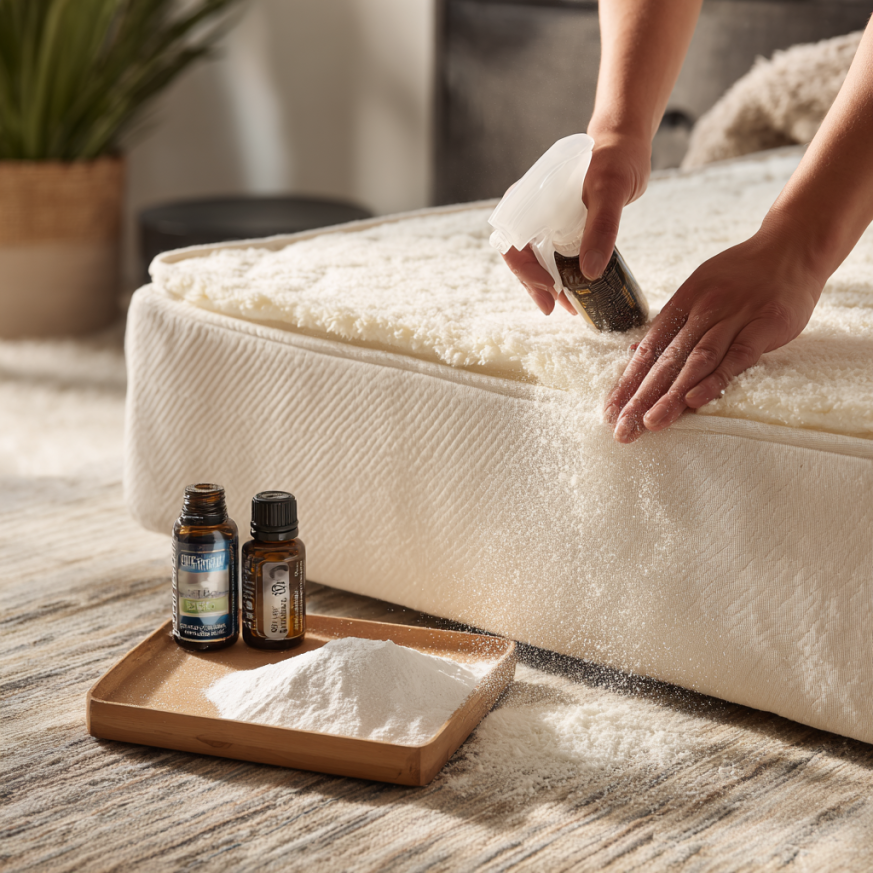
Step 6: Vacuum thoroughly to remove residue
Vacuum up all visible powder with slow passes. Pay special attention to seams and tufts where baking soda can hide.
If residue appears later, a quick re-vacuum usually clears it. This final vacuum locks in the clean mattress baking soda effect so your bed smells neutral and feels fresh.
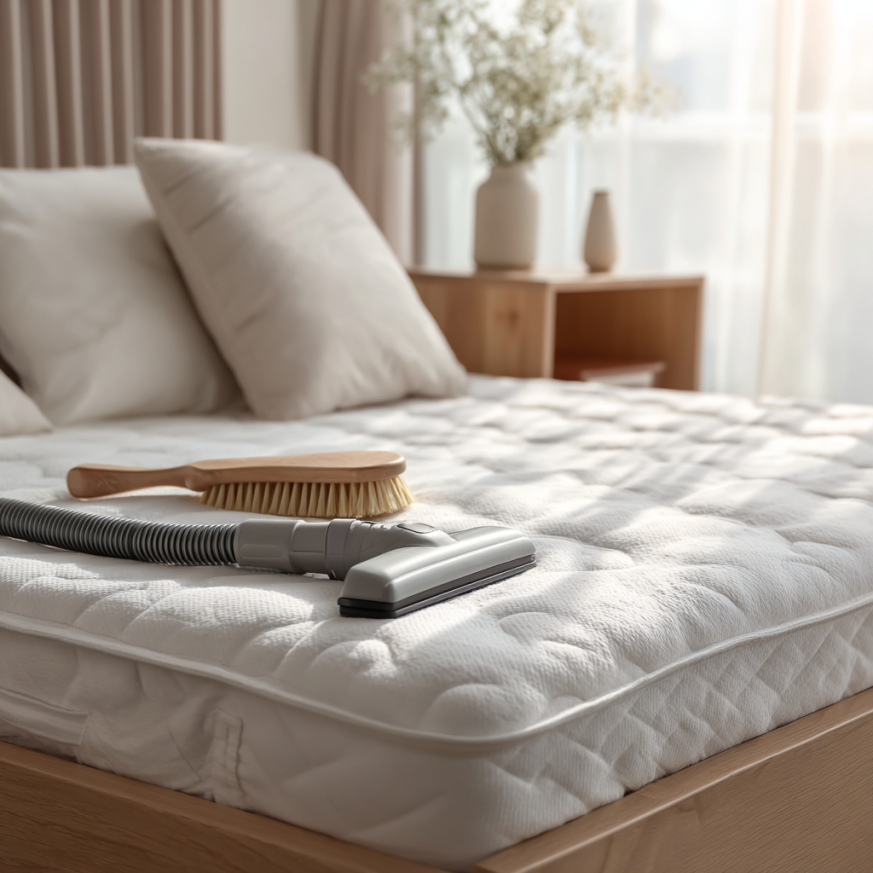
Step 7: Flip or rotate and repeat on the other side
To keep wear even, rotate or flip depending on your mattress design. Many modern models are one-sided and only need rotation.
When in doubt, check maker guidance; general care tips are outlined here by Parachute. After rotating, repeat your clean mattress baking soda routine on the second side if accessible.
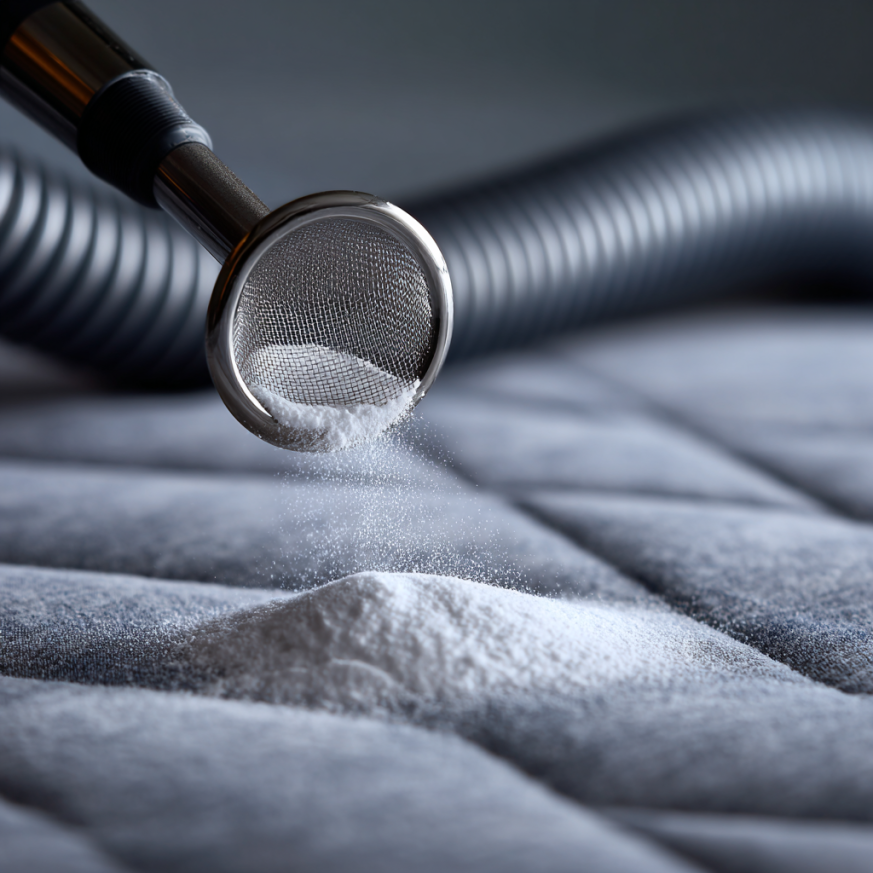
Step 8: Protect your newly refreshed mattress
A waterproof protector blocks new spills and sweat while remaining breathable. Wash it regularly alongside your sheets.
For year-round comfort, look into temperature-regulating bedding and sustainable bedding picks that support a cool, clean sleep surface. A clean mattress baking soda routine plus a good protector keeps maintenance simple.
Suggested cleaning schedule
Perform a full clean mattress baking soda refresh every 6 months, or seasonally if you have pets or allergies. Vacuum monthly and treat stains as they happen.
Pair the routine with choices that reduce allergens and smells long term, like light aromatherapy in linens and allergy-aware bedding practices. The clean mattress baking soda cycle is quick once it becomes a habit.
Eco-friendly vs. conventional cleaning approaches
Natural methods focus on low-residue ingredients and ventilation. Conventional methods may use stronger solvents that can be harsh on foams or covers.
A clean mattress baking soda routine balances ease and effectiveness while supporting an eco-conscious home. If you upgrade bedding alongside cleaning, consider organic bedding for materials that minimize irritants and complement a gentle care plan.
Environmental impact: moisture, odors, and biodegradability
Baking soda is mineral-based, affordable, and easy to vacuum away. It helps manage moisture and odors without introducing heavy fragrances.
Because mattresses vary, always spot test and avoid oversoaking foams. Combined with sunlight and airflow, the clean mattress baking soda method reduces musty smells with fewer synthetic chemicals.
Buyer’s guide: protectors, toppers, and sheets
Choose a snug mattress protector that’s breathable and easy to launder. Look for deep pockets and secure elastic so it doesn’t shift.
Sheets with a smooth weave can reduce lint and trap less dust. For more context on materials and comfort, see Cozy’s primer on thread count and quality. Keeping your textiles clean supports every clean mattress baking soda refresh.
Pro tips for special situations
For pet accidents or sweat, treat stains promptly, then let baking soda fully dry before the final vacuum. Odor control improves as the powder sits longer.
If humidity is high, use fans to speed drying. When in doubt about your model’s care, reference general guidelines from the Sleep Foundation. Consistency is the secret to reliable clean mattress baking soda results.
FAQ
- How often should I use the clean mattress baking soda method?
- Refresh every 6 months, or seasonally if you have pets or allergies. Vacuum monthly and treat stains right away.
- How long should baking soda sit?
- Let it sit at least several hours; 24 hours is ideal for heavy odors or dampness before the final vacuum.
- Can I use baking powder instead?
- No. Baking powder contains additional ingredients and doesn’t absorb odors or moisture as effectively as baking soda.
- Is it safe for memory foam?
- Yes—use a light hand with liquids and blot gently. Avoid soaking foam and allow extra drying time before making the bed.
- Should I add essential oils?
- Yes, if you like a gentle scent. Mix a few drops into the baking soda first and use sparingly to avoid residue.
Final Thoughts
The clean mattress baking soda plan is simple, gentle, and effective. With regular vacuuming, spot care, and a dependable protector, you’ll keep odors at bay and preserve comfort. For more bedroom happiness, explore Cozy Bed Quarters resources throughout this guide.
Related Reading
- Essential Oils for Sleep: Unlock Restful Nights with Aromatherapy
- Organic Bedding Benefits: 7 Surprising Reasons to Switch
- Temperature-Regulating Bedding: Sleeping Cool and Comfortable
- Sleep Foundation – How to Clean a Mattress
- Better Homes & Gardens – Mattress Cleaning Guide
- Parachute Home – How to Clean a Mattress

